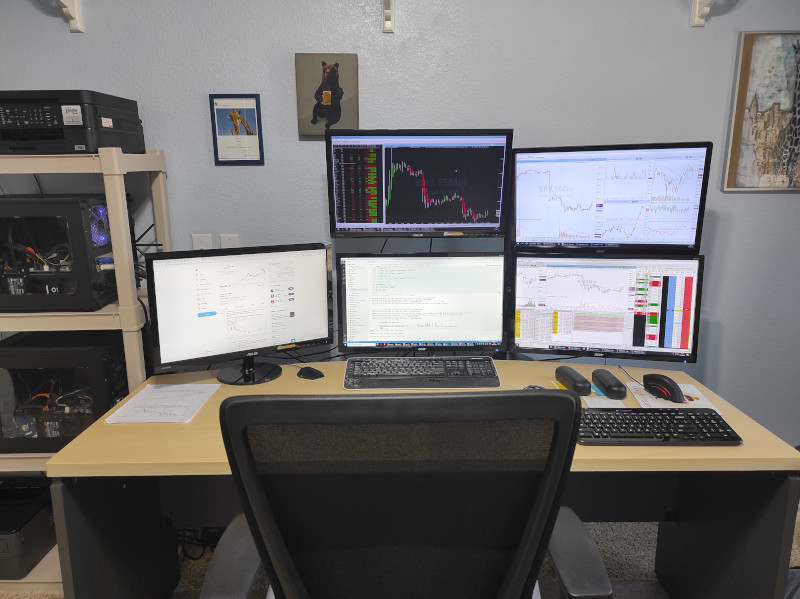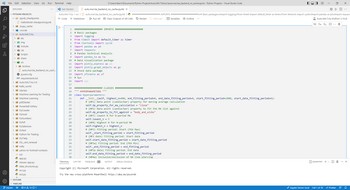
Auto.MA.T.Ka was born out of a personal need with stock charts.
As traders and investors for two decades now, we have been using moving averages as support and resistance lines. Our favorite MA lines, “tattooed” on the trading platform screens were some of the most common: 9 EMA, 10 SMA, 20 SMA, 21 EMA, 50 SMA, and 200 SMA.
However, since they were not always working for us, we have been constantly testing adjustments like 8 EMA, 13 SMA, 30 SMA, 34 EMA, and more.
What does “not working” mean?
- We realized that while a moving average line can act as a strong price support (or resistance) on a certain interval chart (e.g., a daily chart), it completely fails to do the same when the interval is changed (e.g., to an hourly or a weekly chart).
- We also realized that a resisting (or supporting) moving average line on a certain interval chart (e.g., a 5-minute chart) for one symbol fails to act the same for another symbol.
- At times we noticed that a certain supporting (or resisting) moving average line on a chart broke and the price found support (or resistance) with a different moving average line.
- When we zoomed in/out to change our horizon view the supporting/resisting moving average line had to be changed.
☛ For detailed information refer to The Addressed Challenges page.
In all these cases we could no longer count on the “tattooed” moving average lines nor on the adjustments and guesses. We had to find that other moving average line that acted as support or resistance for that chart setup and moment in time. That was not an easy task and we repeatedly failed to find it.

That’s when we started harnessing the power of machine learning computing to help us out.
We’ve found that different underlying asset (stocks, indices, currencies, crypto etc.) “respect” different moving average lines. And it depends on the time interval and sample size (period). For example, AAPL could get supported this month by a 32 EMA on the daily, while TSLA could be supported by a 124 SMA on that daily. And when TSLA’s chart interval is changed to a 5-minute, it gets supported by a 16 EMA. Change that to a weekly chart, and find that TSLA is supported by a 27 SMA.
We could have never guessed these uncommon, “weird” moving average lines.
Can we explain these numbers? Knowing the complexity of the market and the acting forces we don’t try to. There are multiple parameters in an asset price equation contributing to price discovery and determination. It’s a known fact that computers rule the market; and it is much easier to program computers to behave in a certain manner than to “program” humans. With computers, it involves merely a few keystrokes and mouse clicks. Humans, on the other hand, are subject to psychological biases. That by itself is a predictable parameter that helps smart money (that runs trading computers) earn over retail.
So we don’t try to explain these uncommon MA numbers; we enjoy finding them and using them to our benefits. We are happy with the image of us humans telling these market computers: “Hey, we see what you are doing.”
